The beginning of everything (1940s–1960s)
SEGA's history begins long before Sonic raced across consoles. Its roots go back to the 1940s, when two American businessmen, Martin Bromley and Irving Bromberg, founded a company in Hawaii called Service Games. The initial focus wasn’t video games but rather the import and supply of entertainment machines, such as jukeboxes and slot machines, primarily for American military bases in Japan.
Over time, Service Games expanded and, in 1960, merged with another company called Rosen Enterprises, which worked with arcade games and cameras. From there, SEGA Enterprises (an abbreviation of "Service Games") was officially born. The company's first success came in 1966 with Periscope, an electromechanical arcade game that simulated torpedo fire at ships.
This initial success marked the beginning of a trajectory that would change the entertainment industry.
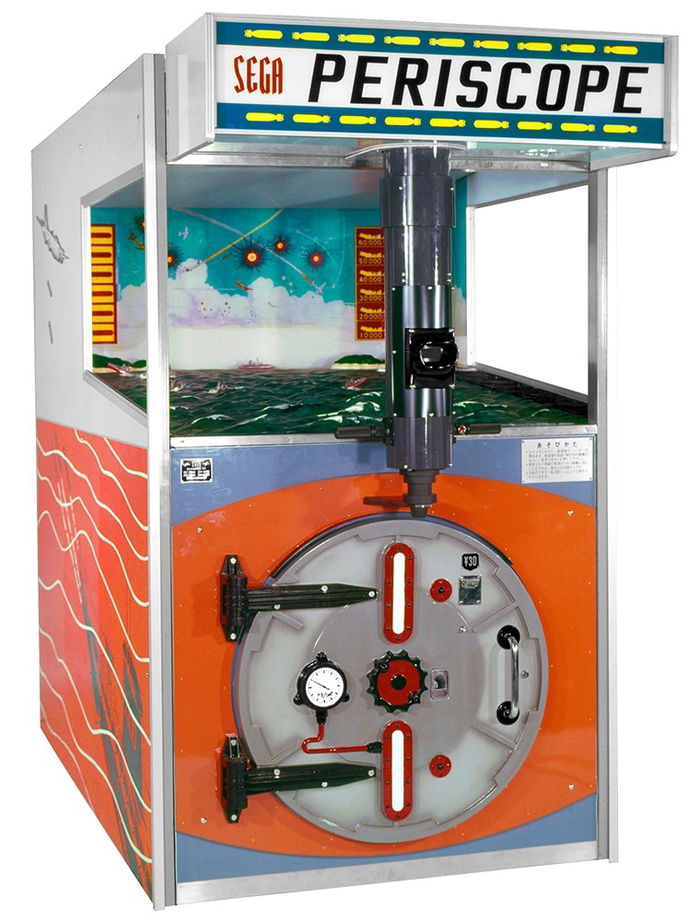
The dominance of arcades (1970s)
In the 1970s, SEGA established itself as one of the largest arcade game producers in the world. Games like Killer Shark and Fonz (based on the Happy Days character) showcased the company's creativity.
But the biggest impact would come in 1979 with Monaco GP and, soon after, with Turbo (1981), which introduced scrolling graphics and technical innovations that impressed audiences. It was during this era that SEGA began to be seen as an innovator in gameplay and technology.
When home video games began to gain traction, SEGA saw an opportunity and decided to expand its reach beyond the arcades.
The leap to consoles (1980s)
In 1983, SEGA released its first home console in Japan: the SG-1000, which competed directly with Nintendo's Famicom. Despite its technical prowess, the console failed to overcome the Nintendo phenomenon, which dominated the market with titles like Super Mario Bros.
SEGA didn't give up. In 1985, it released the Mark III, which in the West became known as the Master System. Despite being more powerful than the NES, the console struggled in the United States but was a huge success in places like Brazil and Europe. In Brazil, thanks to the partnership with Tectoy, the Master System became a cultural phenomenon, remaining popular for decades.
Even so, SEGA needed something bigger to take on Nintendo head-on.
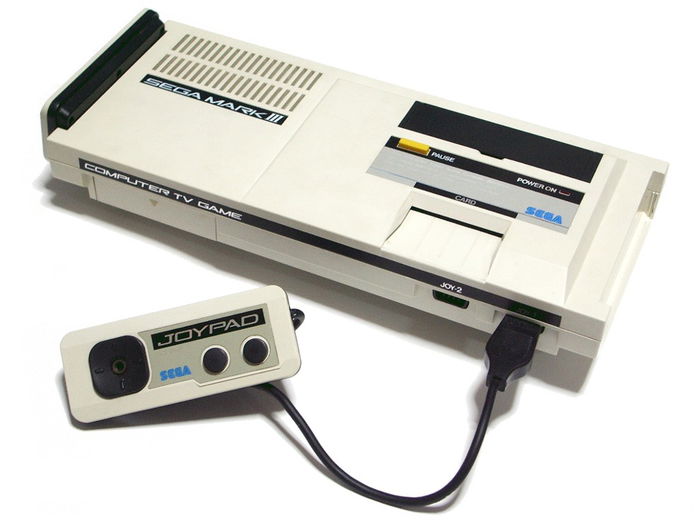
Sega Genesis and the Golden Age (1990s)
In 1988, SEGA launched the Genesis in Japan, the console that would change its history. The machine offered 16-bit graphics, more complex games, and a bold identity.
SEGA's greatest asset was creating a mascot that could rival Mario. In 1991, Sonic the Hedgehog was born, the blue hedgehog with a rebellious attitude and electrifying speed. Sonic became an instant icon and helped SEGA win over millions of gamers, especially in the United States, where the Genesis surpassed the Super Nintendo in sales for part of the decade.
The famous "Genesis Does What Nintendon't" marketing campaign reinforced SEGA's image as a young, bold, and innovative company.
With the Genesis came classics like Streets of Rage, Golden Axe, Shining Force and major partnerships like Mortal Kombat (in the uncensored version, unlike Nintendo). This era became known as the height of SEGA.
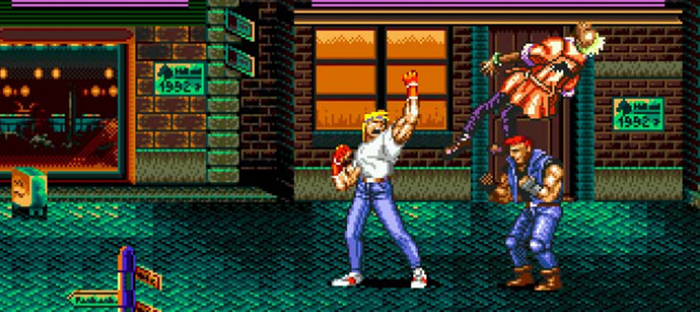
Diversification and bumps (1990s)
The Genesis' success gave SEGA confidence, but it also led to risky decisions. The company launched several peripherals, such as the Sega CD and the 32X, which failed to sell well. These releases fragmented the audience and created the image of a company that released inconsistent "half-generations."
In 1994, SEGA released the Saturn, a powerful but “difficult to program” console. It even had good games, like Virtua Fighter, Nights into Dreams and Panzer Dragoon, but it was quickly swallowed up by PlayStation, which brought CD games with revolutionary 3D graphics. The Saturn never managed to compete and ended up being a commercial failure, especially in the US.
The Dreamcast: A Misunderstood Genius (1998–2001)
In 1998, SEGA decided to try again. The Dreamcast was launched as the first console of the sixth generation, bringing impressive innovations: 128-bit graphics, integrated online connection, interactive memory cards (VMU) and innovative titles such as Shenmue, Crazy Taxi and Jet Set Radio.
Despite its cult legacy, the Dreamcast couldn't withstand the release of the PlayStation 2, which supported DVDs and attracted a flood of developers. In 2001, just three years after its launch, SEGA announced it would stop manufacturing consoles and become exclusively a software developer.
This decision marked the end of an era. SEGA, once Nintendo's biggest rival, was abandoning hardware for good.
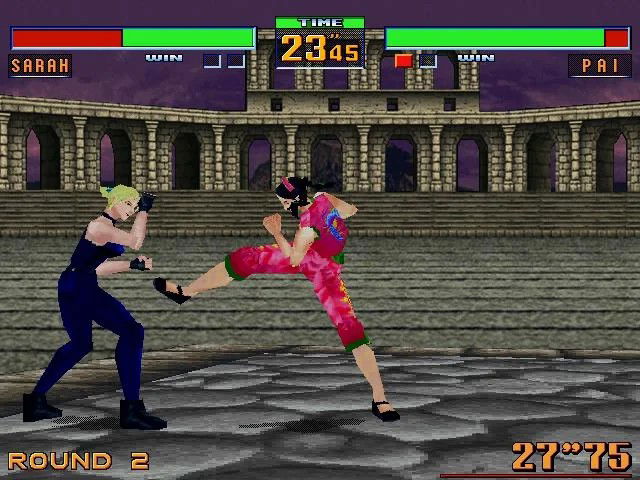
The post-console era (2001–2010)
After the Dreamcast's demise, SEGA focused on releasing games for rival consoles, including its former rival Nintendo. It was a shock to many fans to see Sonic debut on the GameCube with Sonic Adventure 2: Battle.
During the 2000s, SEGA experienced moments of brilliance and failure. While titles like Yakuza, Total War (from Creative Assembly, acquired by SEGA) and remakes of classics kept the brand alive, the Sonic franchise went through ups and downs, with criticized games like Sonic the Hedgehog (2006) and attempts at reinvention that didn't please everyone.
The company also expanded its reach by acquiring studios, such as Atlus, responsible for the Persona series, which became a pillar of SEGA in the 2010s.
Reinvention and focus on digital (2010–2020)
In the 2010s, SEGA set aside its grand hardware ambitions and focused on three fronts:
Games for consoles and PC, with successful franchises such as Yakuza, Persona, and Total War.
Nostalgic re-releases, such as Genesis collections and the critically acclaimed fan-made Sonic Mania.
Expanding into the mobile and digital markets, leveraging the strength of its classic brand.
SEGA also invested in film and animation partnerships. The 2020 movie Sonic the Hedgehog was an unexpected success, revitalizing the mascot and paving the way for sequels.
Even without manufacturing consoles, SEGA maintained its relevance in the industry, but it never regained the giant status it had in the 1990s.
SEGA Today (2020–2025)
These days, SEGA is remembered more for its nostalgia for its golden age than for its innovation. Its official website serves as a hub for digital game sales, licensed products, and re-releases of classics. While it still publishes important titles, such as the Like a Dragon series (formerly Yakuza), the feeling is that the company lives on memories of times gone by.
While Nintendo, Sony, and Microsoft continue to battle for hardware, SEGA is limited to being a publisher and producer trying to keep its brand relevant through nostalgia and a few good shots.
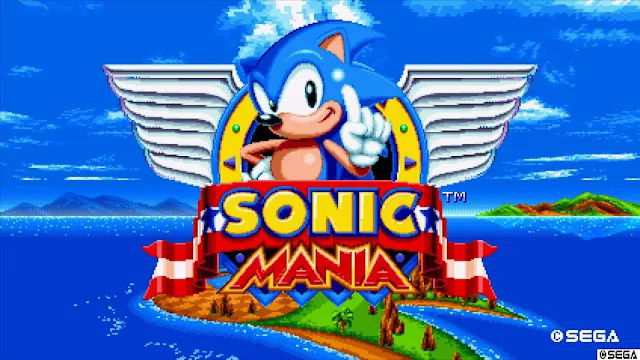
Conclusion: SEGA’s Legacy
SEGA's trajectory is one of the most fascinating in video game history. From a supplier of jukeboxes to the American military, the company transformed into an arcade giant, conquered the world with the Genesis and Sonic, and competed head-to-head with Nintendo, only to be defeated by its own strategic mistakes and the strength of its competitors.
Even after abandoning consoles, SEGA remains a beloved brand. Its characters, franchises, and innovations have marked generations and continue to influence the industry.
Today, it may be just a game developer and an online store, but its importance in the history of video games is eternal. After all, without SEGA's boldness, the industry wouldn’t have been the same.









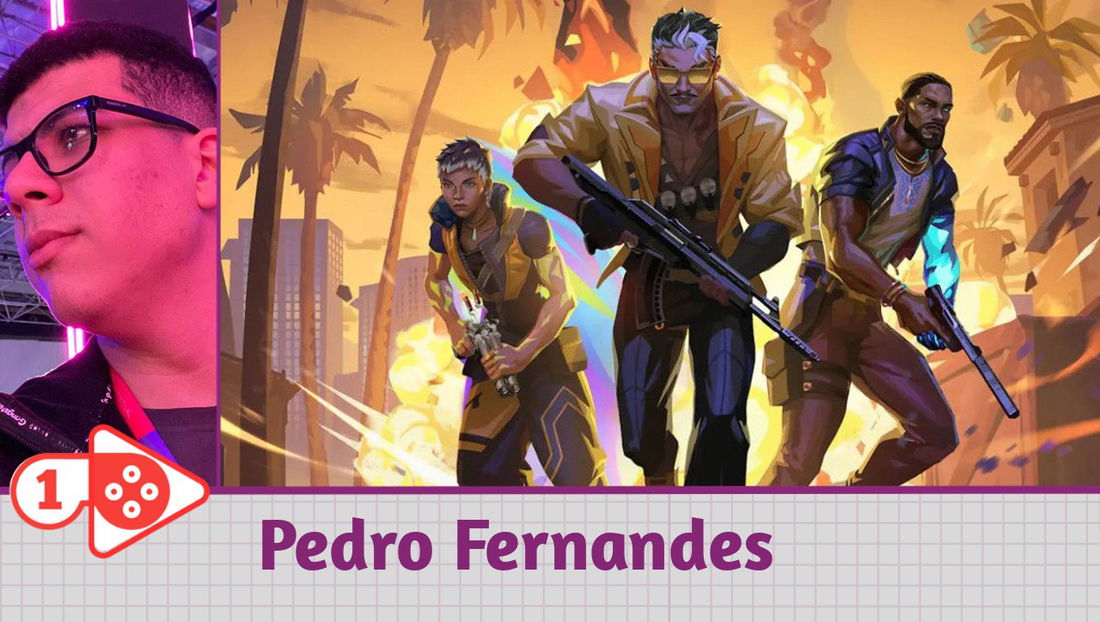



— Comments 0
, Reactions 1
Be the first to comment